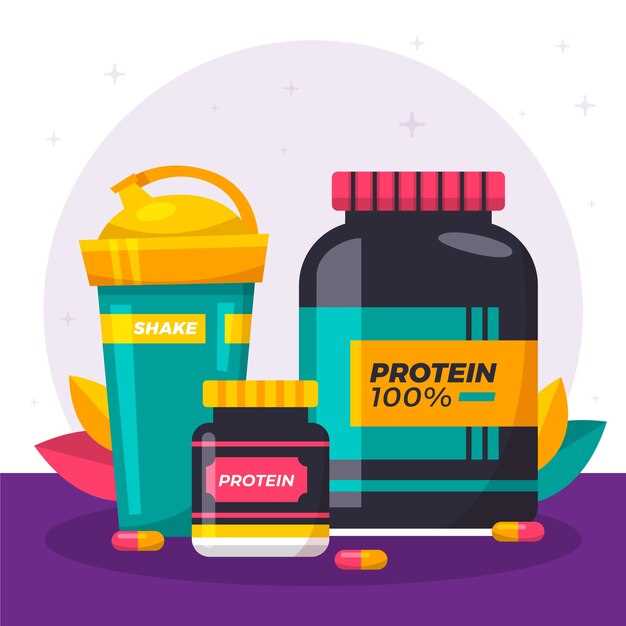
Curious about combining different pain relievers? Wondering if you can pair your favorite painkiller with another for maximum relief?
Explore the interaction between analgesics and unlock the potential of your pain management regimen.
Find out how to optimize your relief without compromising your health.
Understanding the Compatibility:
Exploring the Interaction between Tylenol and Naproxen
When considering pain relief options, it’s crucial to delve into the intricate dynamics between different medications. In this section, we unravel the complexities of combining two commonly used pain relievers: Tylenol and Naproxen. Understanding how these substances interact within the body is paramount for making informed decisions regarding your health.
It’s essential to grasp the synergy, or lack thereof, between Tylenol and Naproxen, as their combined effects may significantly impact your pain management regimen. By delving into the nuances of their interaction, you gain insight into how they complement or counteract each other’s effects.
Moreover, delving into the compatibility of these medications entails examining their mechanisms of action and how they influence one another. This exploration sheds light on potential benefits and risks associated with their simultaneous usage. Armed with this knowledge, you can engage in informed discussions with your healthcare provider regarding the most suitable pain relief strategy for your needs.
The Interaction between Tylenol and Naproxen
When considering the combined benefits of two commonly used pain relievers, it’s imperative to delve into the intricate dynamics of their interaction. Tylenol and Naproxen, both renowned for their efficacy in alleviating discomfort, offer a promising synergy when used together. Understanding how these medications interact can provide valuable insights into maximizing their pain-relieving potential.
Enhanced Pain Relief
One of the primary advantages of combining Tylenol and Naproxen is the potential for enhanced pain relief. While each medication operates through distinct mechanisms within the body, their complementary actions can result in a more comprehensive and prolonged analgesic effect. Tylenol, with its ability to reduce pain and fever by inhibiting the production of certain chemicals in the brain, complements Naproxen’s anti-inflammatory properties. Naproxen, a nonsteroidal anti-inflammatory drug (NSAID), works by inhibiting the enzymes responsible for producing prostaglandins, thereby reducing inflammation and pain. Together, these medications create a multifaceted approach to pain management, offering relief from various types of discomfort.
| Benefits | Considerations |
|---|---|
| Comprehensive pain relief | Adherence to recommended dosages |
| Extended duration of action | Consultation with healthcare provider |
| Reduced inflammation | Monitoring for potential side effects |
By harnessing the synergistic effects of Tylenol and Naproxen, individuals experiencing moderate to severe pain can achieve greater relief while potentially reducing the need for higher doses of either medication alone. However, it’s crucial to approach their combined usage with caution, considering factors such as dosage, frequency, and individual health conditions. Consulting with a healthcare provider is essential to ensure safe and effective pain management tailored to each individual’s needs.
Benefits of Combining Tylenol and Nap
Enhanced Pain Relief
When seeking alleviation from discomfort, the amalgamation of two powerful remedies offers an enhanced avenue towards relief. This section delves into the synergy between the components, expounding on their combined efficacy in assuaging various forms of pain.
Augmented Effectiveness: The symbiotic action of these substances yields a heightened impact on pain mitigation. By complementing each other’s mechanisms, they fortify the body’s resilience against diverse sources of discomfort, fostering a more comprehensive relief experience.
Exploring their combined potential illuminates a path towards more profound pain management, transcending individual limitations to provide a holistic approach to wellness.
Targeted Relief: Through their concerted action, this combination possesses the capacity to address a spectrum of painful manifestations. From mild to moderate afflictions, their collaborative prowess ensures a tailored response to varying degrees of discomfort, offering respite where it’s most needed.
With a nuanced understanding of their joint capabilities, individuals can navigate towards targeted relief, customizing their approach to match the intricacies of their pain.
Optimized Experience: Harnessing the amalgamated potential of these remedies promises not just relief, but an optimized experience of pain management. By synergizing their effects, individuals can aspire towards a state of comfort and well-being that transcends mere alleviation, empowering them to embrace life’s pursuits with renewed vigor.
Embracing this integrated approach unlocks a pathway to an enriched quality of life, where pain becomes a manageable facet rather than a debilitating obstacle.
Considerations for Usage:
When incorporating these medications into your regimen, it’s crucial to navigate their combined usage with prudence and informed decision-making. Understanding the nuances of their interaction and potential implications for your health is paramount.
Consulting Healthcare Provider:

Before embarking on a regimen that combines these medications, it’s imperative to engage in a dialogue with your healthcare provider. Their expertise can offer invaluable insights tailored to your specific health profile, ensuring a comprehensive understanding of potential risks and benefits.
Empowering Informed Decisions: By consulting your healthcare provider, you gain access to personalized guidance that empowers you to make informed decisions about your pain management strategy. This collaborative approach fosters a sense of confidence and security in your treatment plan.
Consulting Your Healthcare Provider

When considering the potential risks associated with combining certain medications, seeking guidance from a qualified healthcare professional is paramount. Your healthcare provider serves as a trusted resource, offering personalized advice tailored to your specific medical history and current health condition.
Before initiating any new medication regimen or combining different drugs, it’s essential to engage in an open dialogue with your healthcare provider. This proactive approach ensures that you are well-informed about the potential risks and benefits, allowing for informed decision-making regarding your treatment plan.
Key Considerations:
- Discuss any pre-existing medical conditions you may have, as well as any medications or supplements you are currently taking, including over-the-counter drugs.
- Be transparent about any past adverse reactions or side effects experienced with similar medications, enabling your healthcare provider to make informed recommendations.
Your healthcare provider can provide valuable insights into the potential risks associated with combining medications like Tylenol and Naproxen. By consulting with them, you gain access to personalized guidance that prioritizes your safety and well-being.
Potential Risks:
Exploring the potential hazards inherent in the combination of these medications is paramount for informed decision-making and ensuring safety. Delving into this section unveils crucial insights into the potential drawbacks and adverse effects that may arise when considering the simultaneous use of these substances.
1. Interference with Medication Efficacy:
- Combining certain medications can lead to a diminishment in their individual efficacy, affecting their ability to alleviate symptoms effectively.
- Interactions between substances may alter their intended mechanisms of action, potentially reducing their overall effectiveness in managing pain or other targeted conditions.
2. Gastrointestinal Complications:
- One of the notable risks associated with the concurrent use of certain pain relievers involves an increased susceptibility to gastrointestinal issues.
- These complications may manifest as stomach ulcers, bleeding, or irritation, posing significant health concerns to individuals seeking relief from discomfort.
Understanding these potential risks underscores the importance of seeking professional medical guidance and considering alternative options where appropriate. Prioritizing safety and informed decision-making is essential to mitigate any potential adverse outcomes.
